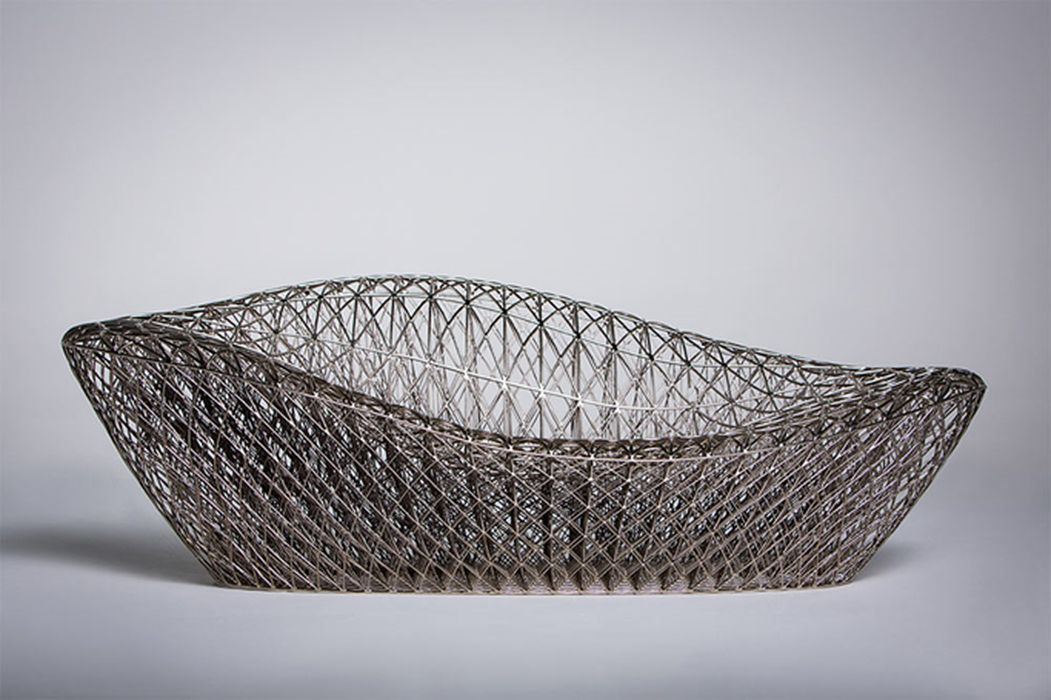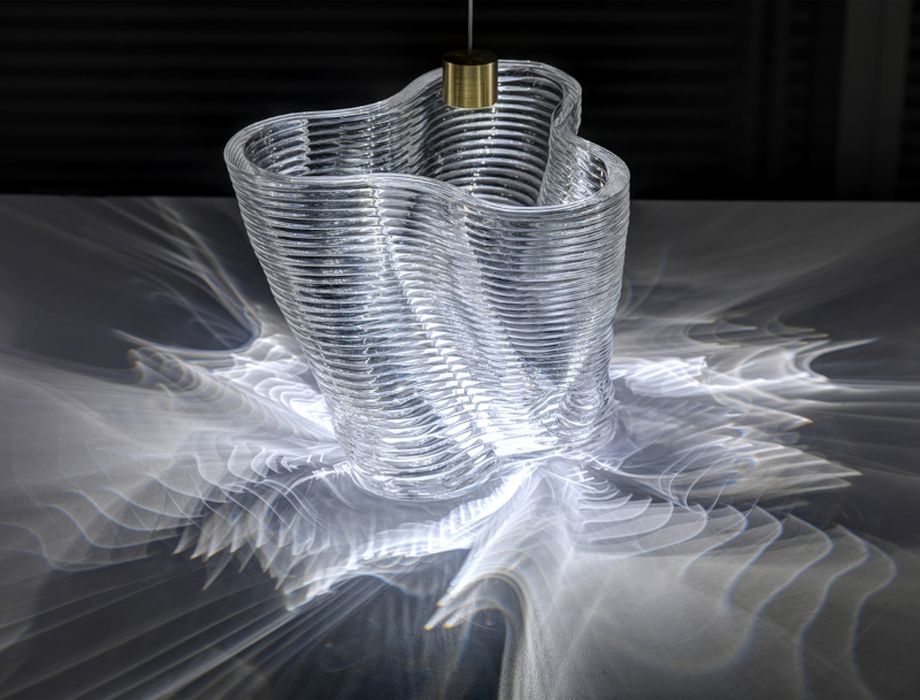
Charles R. Goulding and Preeti Sulibhavi describe how 3D printing could transform the high-end home decor industry.
There are multiple marketing strategies to grow a business. One of the best and often overlooked strategies is to obtain additional sales from the same customer.
The interior design industry is no different. The same business model applies to the design and home décor industry. This business model is important because:
- Repeat customers often remain loyal to the brand and are a consistent, dependable source of income.
- Loyal customers are often a business’s best marketing strategy. Once a customer has found a company that they love and frequent, they become far more likely to promote the business to their families, friends and social media followers.
- Customers and clients will be willing to spend more on products and services if they feel confident about the quality of what they are purchasing.
- Repeat customers are less expensive to attain and attract than new customers. And, achieving the same level of loyalty with new customers is often more difficult with new clients than with existing ones.

Repeat customers are a common trend in the interior design industry. Often very wealthy families engage an interior designer/decorator and that individual or firm stays with the family for generations.
In a recent Wall Street Journal article published in April 2023, titled, “Designers Who Are Practically Family,” this trend was highlighted and there were several themes that resonate with the 3D printing industry.
We have covered Etsy’s virtual interior decorator platform and packages as well as how to get organized with Marie Kondo, but for the super-wealthy, an interior designer is considered part of the family. For the one percent with multiple mansions and vacation homes, selecting an interior designer is often a very personal and deliberate decision.
These interior designers must be prepared with high-quality, polished and unique pieces for these families. Whether it be one of Richard Schultz’s outdoor furniture pieces or a vase that catches the eye, the items must be luxurious and breathtaking.
We have previously covered how 3D printing is changing the way many of us look at home décor, including how it is disrupting the furniture industry, creating posh pool houses and helping to integrate the use of innovative materials such as Lucite, for other unique home items.

These interior designers to the super wealthy can either maintain the status quo or add more unique and creative solutions to their clients’ homes. The ability of 3D printing to create custom, unique solutions for this client base is of tremendous value. It’s likely that the legacy home decor industry will enable more opportunities for the use of 3D printing as technology improves.
The Research & Development Tax Credit
The now permanent Research and Development (R&D) Tax Credit is available for companies developing new or improved products, processes and/or software.
3D printing can help boost a company’s R&D Tax Credits. Wages for technical employees creating, testing and revising 3D printed prototypes can be included as a percentage of eligible time spent for the R&D Tax Credit. Similarly, when used as a method of improving a process, time spent integrating 3D printing hardware and software counts as an eligible activity. Lastly, when used for modeling and preproduction, the costs of filaments consumed during the development process may also be recovered.
Whether it is used for creating and testing prototypes or for final production, 3D printing is a great indicator that R&D Credit eligible activities are taking place. Companies implementing this technology at any point should consider taking advantage of R&D Tax Credits.
Conclusion
Obtaining additional business from a satisfied customer that respects your work is a great way to grow a business. The ever-expanding 3D printing capabilities enable designers to provide more creative alternatives for their customers.
